
In this post, we’ll look at how we can handle authentication of our GraphQL APIs with vue-router, vue-apollo, and Vuex.
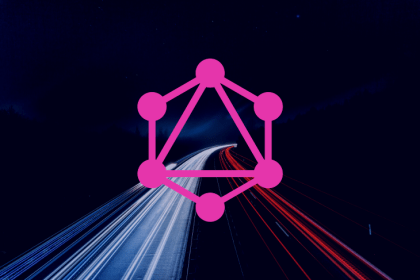
Principled GraphQL outlines an architectural strategy that enables teams to pluck resolvers in and out of the schema on an ad-hoc basis, making the schema dynamic.
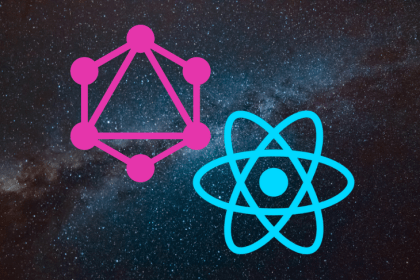
React class components require you to maintain lots of abstractions. React Hooks maintain the logic as a function, eliminating the need to encapsulate it.

New to GraphQL? Learn more about GraphQL variables in this post.
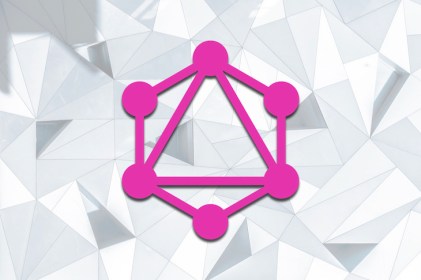
We analyze and compare the two approaches to creating a GraphQL service: schema-first and code-first.
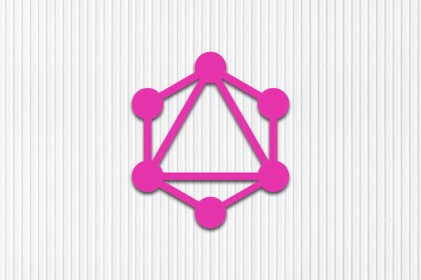
Using components to represent your GraphQL data structure on the server side is optimal for simplicity.

In this article, we’ll take a look at how you can get a full-featured server up and running in minutes with PostGraphile.
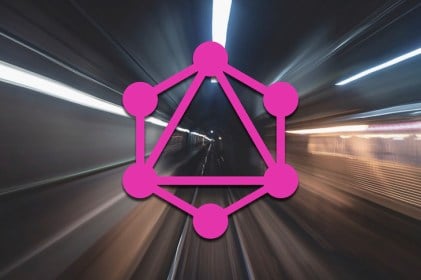
Of the many lessons learned from building a GraphQL server, conquering the N + 1 problem is among the most important.

Learn how to create a strong API design for your GraphQL mutations by utilizing the Relay API spec.
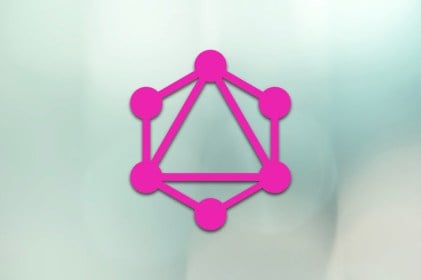
With the introduction of Apollo Federation, the model for building a new unified, single Graph API has become even easier.

In this blog post, we will learn about GraphQL types and how they are used to construct a GraphQL schema.

Learn how to use pagination arguments in GraphQL with Prisma to more easily retrieve information from databases.